HIGHLIGHTS
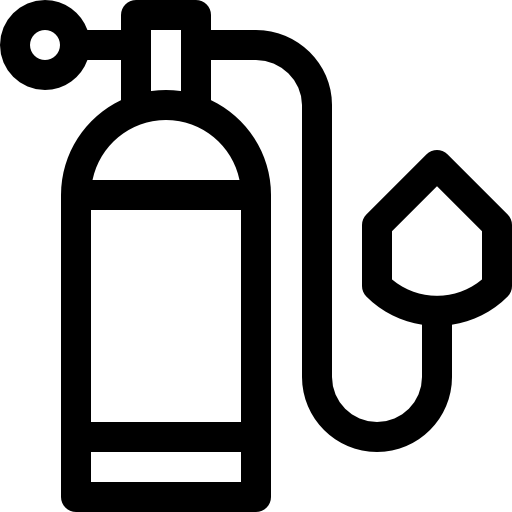





Get Your Bearings
Turquoise waters, delicious seafood, colorful diving and snorkeling, and white sand—there are a lot of places in the Caribbean that have all these wonderful things, but Curaçao is one place you might not have discovered.
Sandwiched between Aruba and Bonaire, and a short boat ride from the Venezuelan coast, Curaçao is bigger than its sister islands and packed with memorable treasures for travelers to discover.
Of the Dutch West Indies, Curaçao may very well be the most Dutch; the island’s capital, Willemstad, looks like a colorful mini Amsterdam, restaurant menus often feature both bitterballen (fried Dutch meat & gravy balls) and kabritu stoba (Antillean goat stew), and when the Dutch soccer teams play, the bars are packed with orange shirts drinking Heineken and speaking Papiamento, the local language.
Amid this blended culture is a beach hopper’s dream. Days of sun-soaked sand and glistening water; Curaçao is waiting for you to explore.
History & Culture
Curaçao harbors one of the most multifaceted cultures in the Caribbean, thanks to its long, varied history and its close proximity to South America. Originally settled by the Arawaks nearly 6,000 years ago, the island came under Spanish rule in the early 16th century, but it was abandoned because of its perceived lack of riches. The Dutch West India Company picked up where the Spanish left off, and Curaçao became a major hub for the slave trade.
In the mid-1600s, large numbers of Jewish refugees settled in Curaçao to escape the Spanish and Portuguese Inquisitions. The island was later shuffled back and forth between the Dutch and the British Empire before the Netherlands finally claimed ownership in 1815. Today, Curaçao exists as an independent state and constituent country of the Kingdom of the Netherlands, and citizens carry Dutch passports.
Willemstad
You can’t talk about Curaçao culture without talking about historic downtown Willemstad.
First established in 1634 with the construction of Fort Amsterdam, Willemstad is the feather in Curaçao’s historical cap. Its downtown, a Unesco World Heritage site filled with candy-colored Dutch colonial buildings, simultaneously exudes European and tropical vibes. Just as fascinating as the well-preserved buildings are the not-so-preserved ones, perfect in their crumbling grandeur.
While the town’s Handelskade (Merchant’s Wharf) is an iconic spot to hang out, take the time to wander the winding streets of the city, where you’ll find inviting bars, authentic dining spots, and the colorful floating market, where the sellers’ boats bob behind their brightly hued stalls full of mangoes, plantains and papayas.
Scuba Diving & Snorkeling
Divers could easily check off many boxes on their wish lists with a single trip to Curaçao. Calm conditions? Check. Good visibility? Check. Healthy reefs? Check. Macro life? Check. The entire island is a diver’s dream as Curaçao is surrounded by stunning fringing reef. With over 70 world class diving and snorkeling sites to choose from, you will be hard pressed to have a boring dive.
There are a myriad of sites all with their own unique aspects. Watamula, with its mushroom-shaped coral heads and Porto Marie, a double-reef system, are treasure troves of small life such as yellow seahorses and Pederson cleaner shrimp.
Classic can’t-miss dives include Mushroom Forest and the Superior Producer wreck. The Cornelius Bay reef has remained unchanged for more than 50 years as it’s found in a remote area of the Curaçao Marine Park. At Black Sand Beach, located inside the historic Santa Cruz Plantation, you can explore the 120 foot shipwreck of The Catherine lying in just 20 feet of water.
Activities
Curaloe – The Aloe Vera Plantation
It all started 20 years ago on an Aloe Vera field in Curaçao.
Inspired by an ancient island remedy called “Sentebibu” or “hundred lives” as they call Aloe Vera in Papiamentu. The Curacaoans refer to Aloe Vera as nature’s problem solver and eat the plant and apply it topically to cure burns and other skin irritations, which may explain why the island has so many centenarians.
We can visit the plantation; no reservations are necessary and there is no admission fee. Shop attendants offer information about the plantation and products, and you can watch a video of the production process. You are free to browse around the plantation premises, test products and enjoy a nice cup of coffee under their “palapa” while taking in the serene environment.
Christoffel Park
The largest and most biodiverse national park on the island. In the park you can find stunning nature, the Christoffel Mountain, beautiful birds, the national white tailed deer, and wonderful hiking trails.
Additionally, you can visit the Savonet Museum which is housed in a 19th century plantation house. The museum tells you the story of the Savonet Plantation and the adjacent Savonet area. The main focus of the museum are the lives of the former slaves and later “workers” of the Savonet Plantation, the lives of the owners and the interaction between these two groups.
Hato Caves
The Hato Caves were formed below the sea level millions of years ago. With the Ice Ages the water level dropped down and Curaçao was born. The Hato cave covers an area of 4900 m2, and is the home to the beautiful limestone formations, romantic pools, waterfall, and our famous Madonna statue. You may even see the colony of shy long nose fruit bats.
Curaçao Liqueur Distillery
Located at the iconic 19th-century Country Mansion “Landhuis Chobolobo” this distillery makes the famous Blue Curaçao made of the peels of the Laraha orange.
In 1896, the owner’s first Curaçao liqueur was distilled, bottled and sold commercially. It wasn’t until the 1960’s that they started adding colors to Curaçao liqueurs. Although they produce four different colors (orange, red, green and blue), it was the blue color that gained notability worldwide.
A visit to the Curaçao Liqueur Distillery is a journey through the history of Curaçao and the distillation process of the world-famous Blue Curaçao Liqueur.
Street Art Hunting
Curaçao, as an island, looks like a live painting with colorful houses, splashes of blue sea, and a vibrant sun that glows over everything. If the island already looks so artistic, it’s no surprise that it’s also filled with beautiful art.
From the Art Alley in Punda to the art walk in Skaló, on every corner, you’ll find beautiful art on Curaçao. Pieces that tells the story of the island, its people, and its vibe.
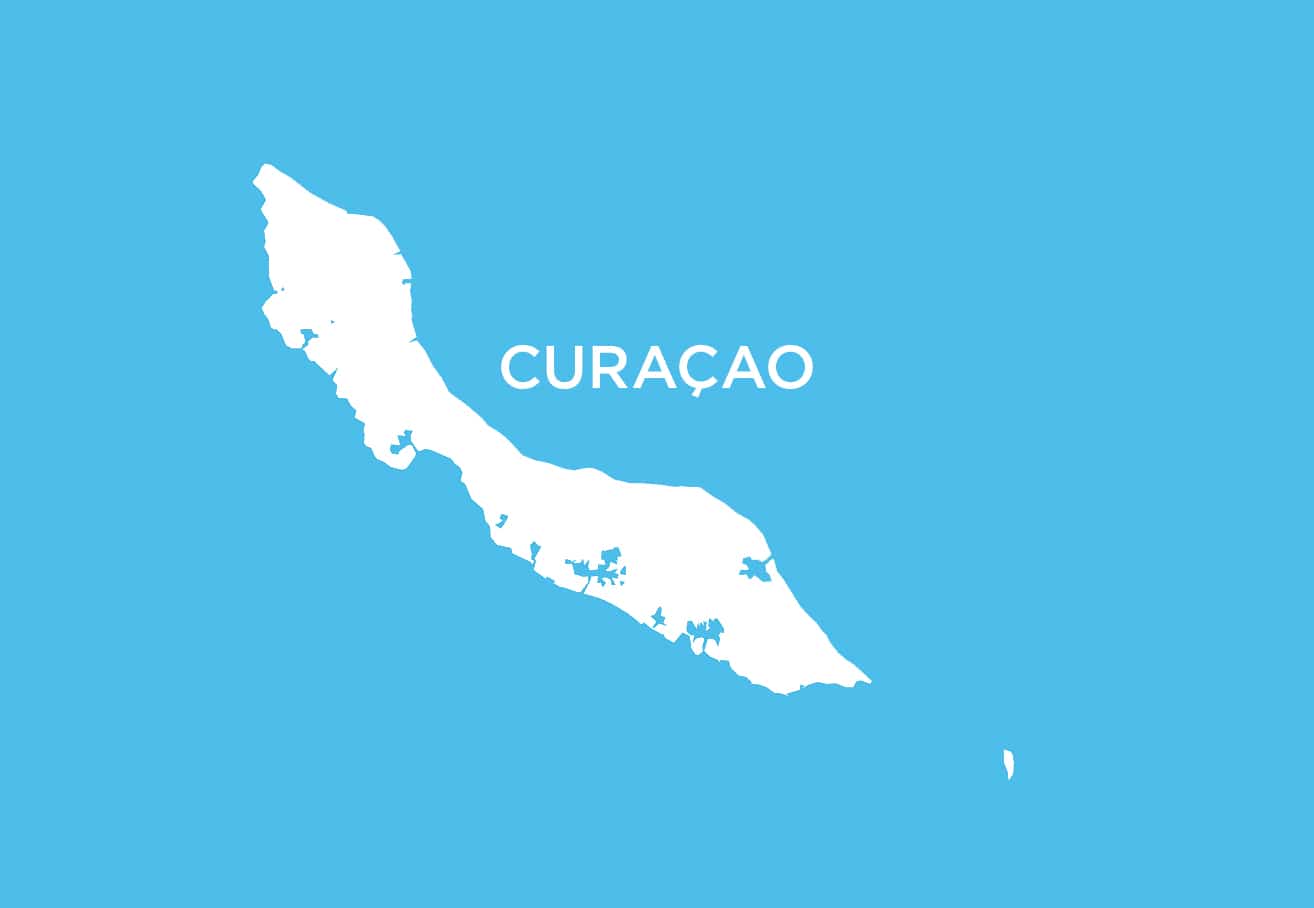
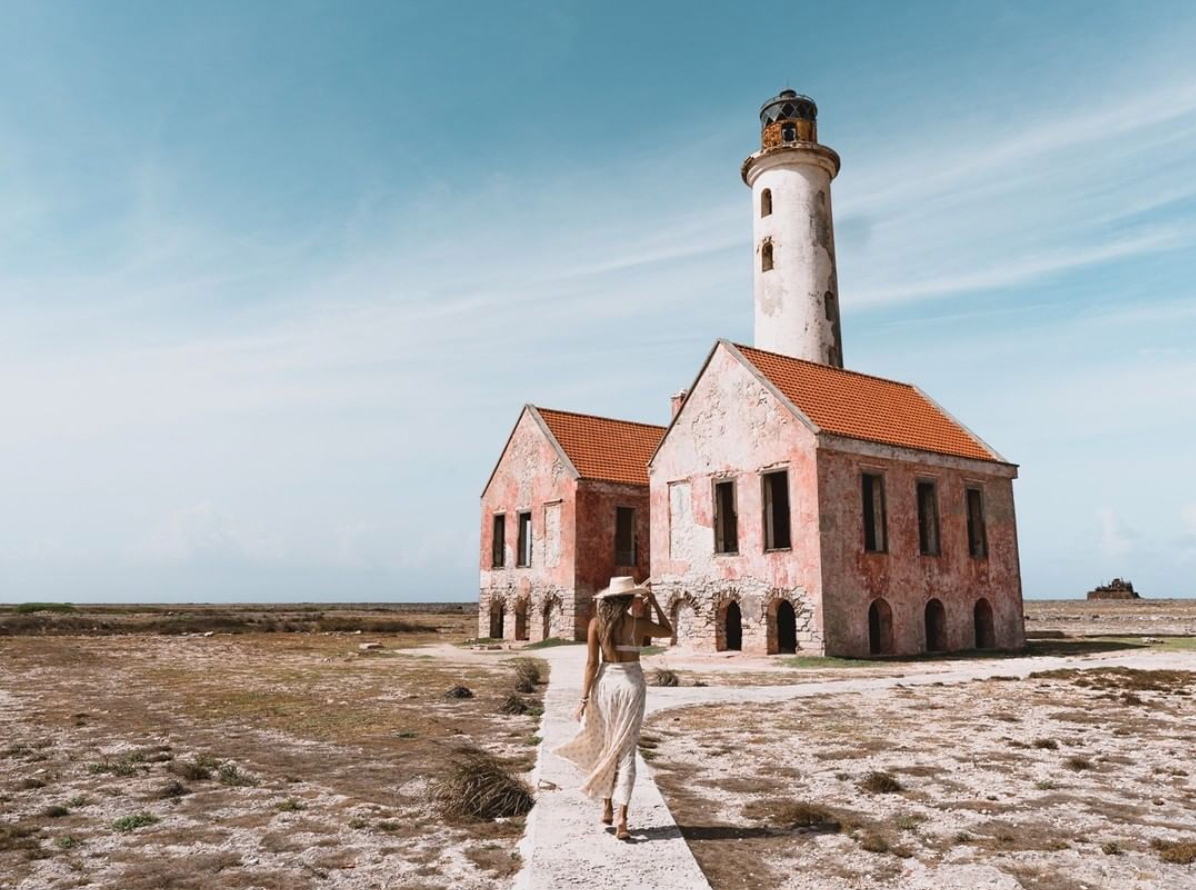
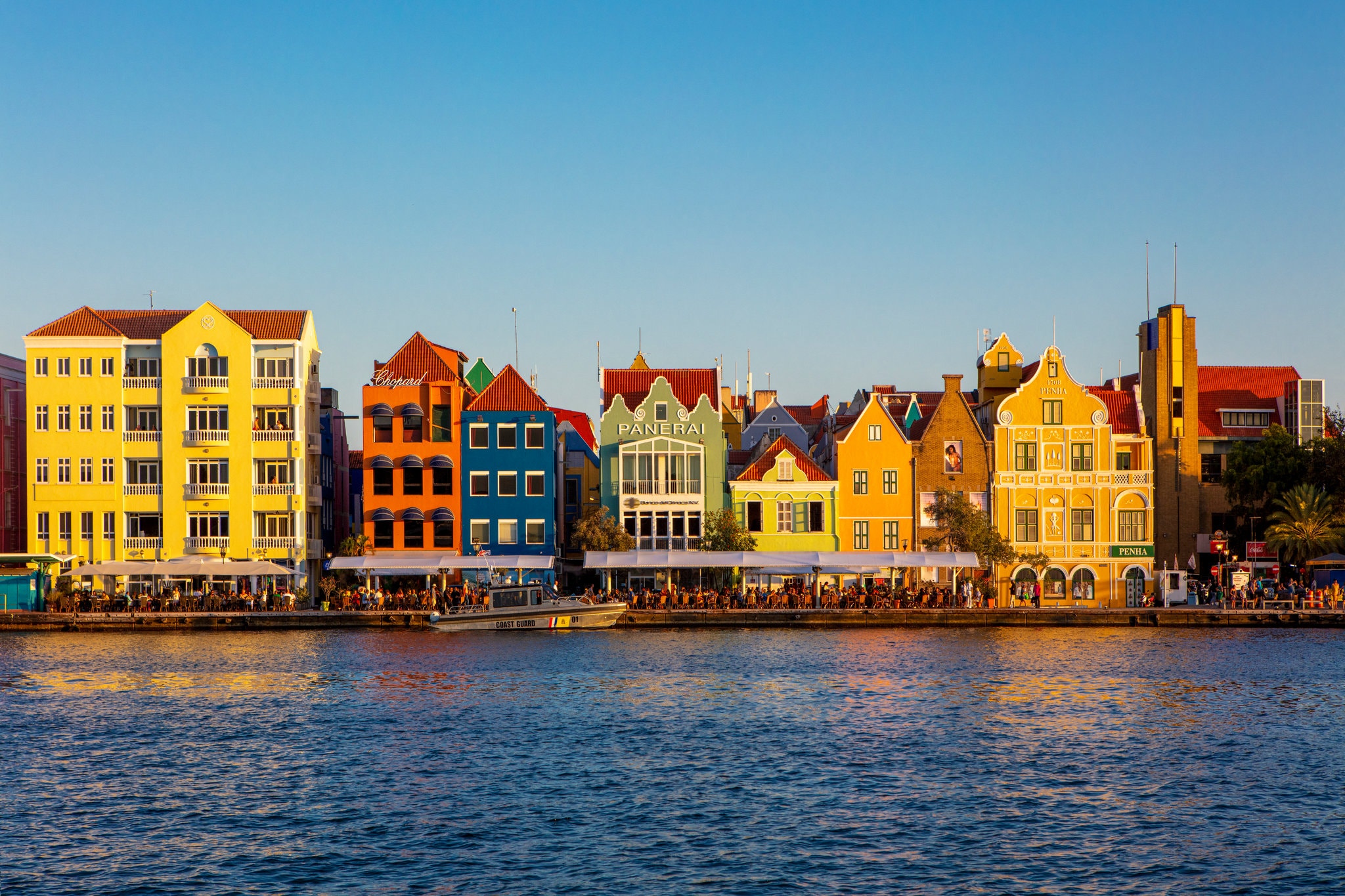
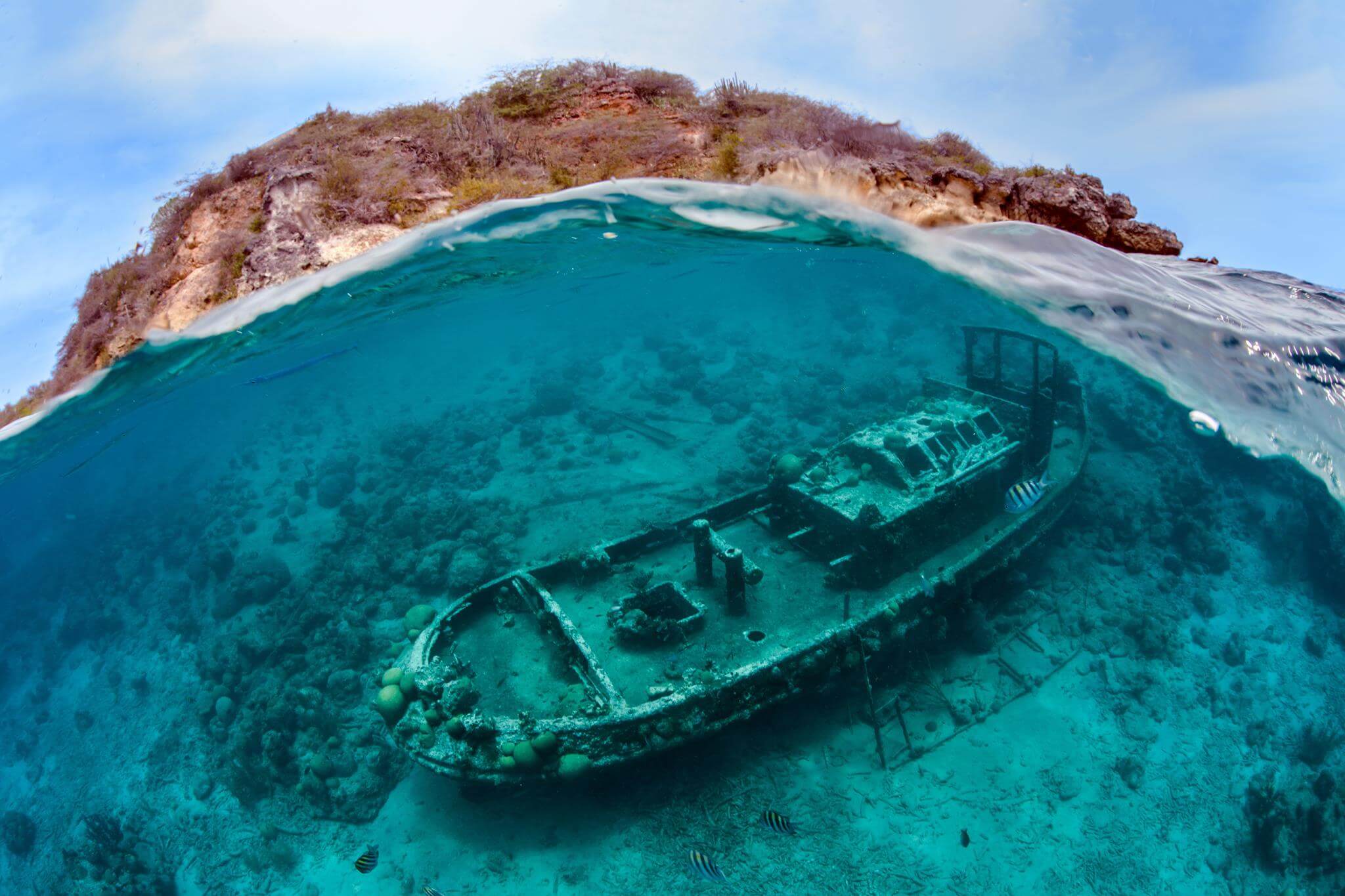
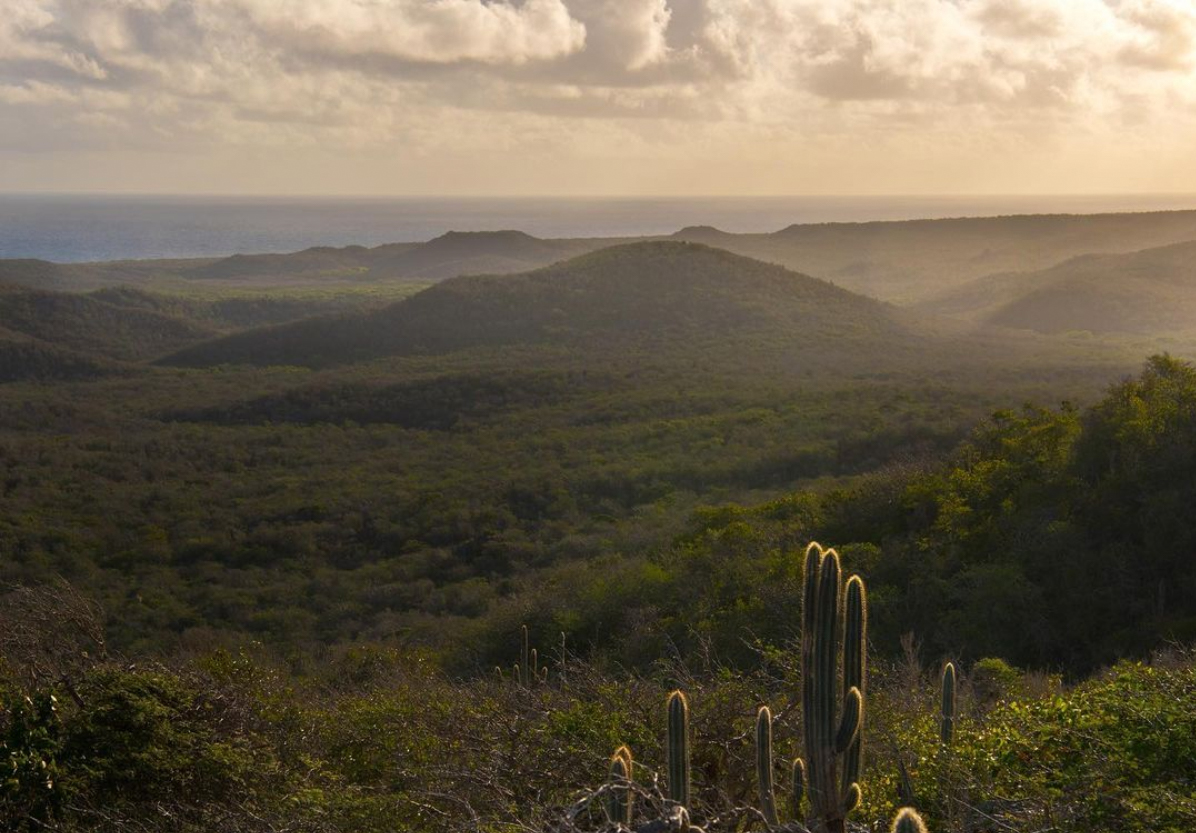
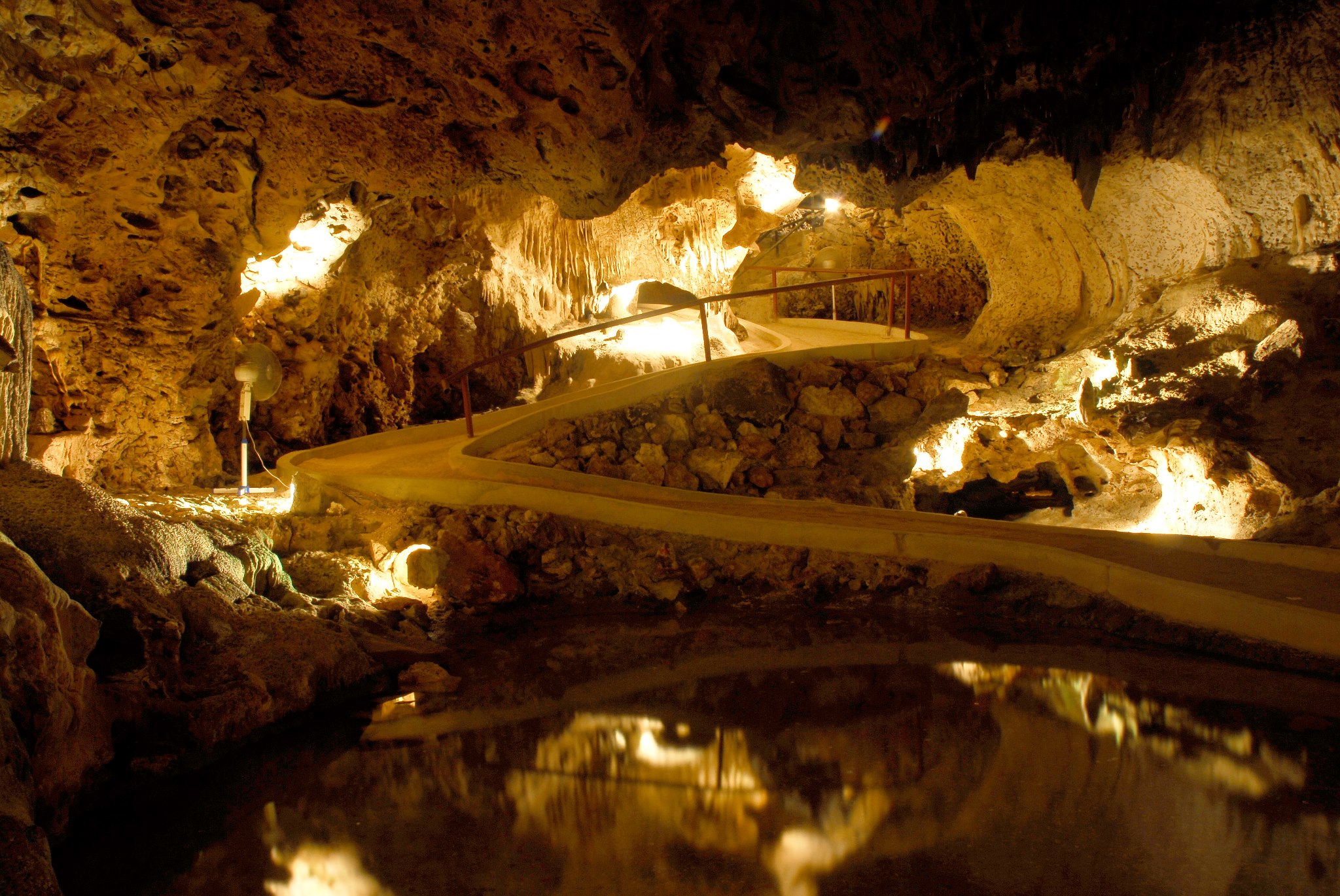
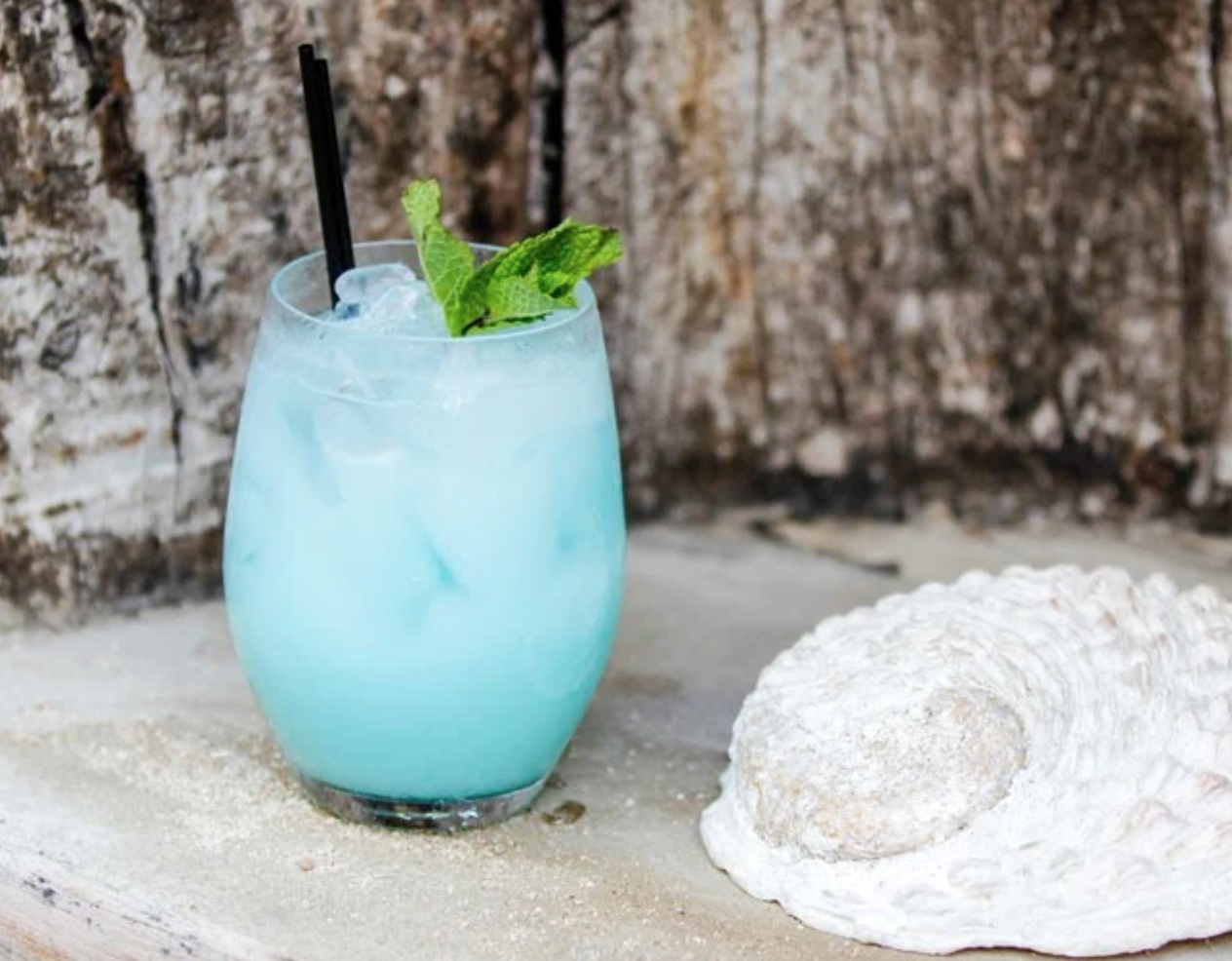
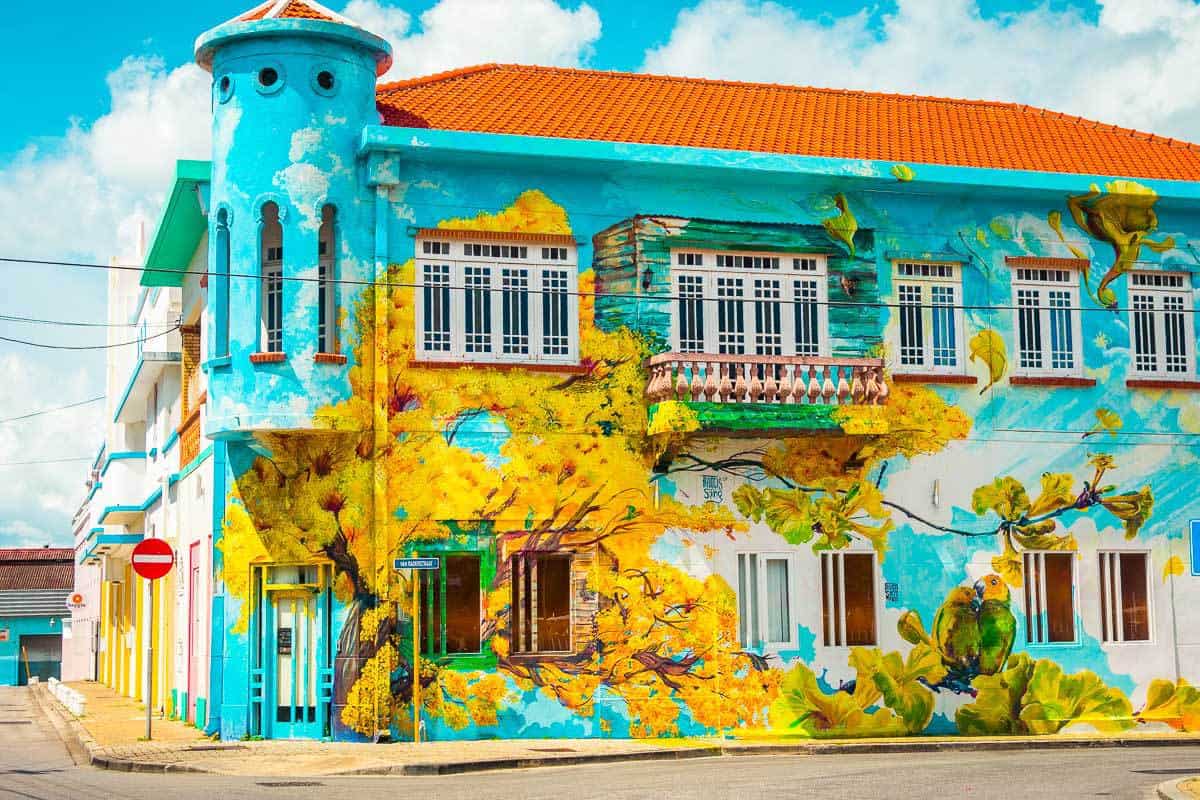
Get Your Bearings
Turquoise waters, delicious seafood, colorful diving and snorkeling, and white sand—there are a lot of places in the Caribbean that have all these wonderful things, but Curaçao is one place you might not have discovered.
Sandwiched between Aruba and Bonaire, and a short boat ride from the Venezuelan coast, Curaçao is bigger than its sister islands and packed with memorable treasures for travelers to discover.
Of the Dutch West Indies, Curaçao may very well be the most Dutch; the island’s capital, Willemstad, looks like a colorful mini Amsterdam, restaurant menus often feature both bitterballen (fried Dutch meat & gravy balls) and kabritu stoba (Antillean goat stew), and when the Dutch soccer teams play, the bars are packed with orange shirts drinking Heineken and speaking Papiamento, the local language.
Amid this blended culture is a beach hopper’s dream. Days of sun-soaked sand and glistening water; Curaçao is waiting for you to explore.

History & Culture
Curaçao harbors one of the most multifaceted cultures in the Caribbean, thanks to its long, varied history and its close proximity to South America. Originally settled by the Arawaks nearly 6,000 years ago, the island came under Spanish rule in the early 16th century, but it was abandoned because of its perceived lack of riches. The Dutch West India Company picked up where the Spanish left off, and Curaçao became a major hub for the slave trade.
In the mid-1600s, large numbers of Jewish refugees settled in Curaçao to escape the Spanish and Portuguese Inquisitions. The island was later shuffled back and forth between the Dutch and the British Empire before the Netherlands finally claimed ownership in 1815. Today, Curaçao exists as an independent state and constituent country of the Kingdom of the Netherlands, and citizens carry Dutch passports.

Willemstad
You can’t talk about Curaçao culture without talking about historic downtown Willemstad.
First established in 1634 with the construction of Fort Amsterdam, Willemstad is the feather in Curaçao’s historical cap. Its downtown, a Unesco World Heritage site filled with candy-colored Dutch colonial buildings, simultaneously exudes European and tropical vibes. Just as fascinating as the well-preserved buildings are the not-so-preserved ones, perfect in their crumbling grandeur.
While the town’s Handelskade (Merchant’s Wharf) is an iconic spot to hang out, take the time to wander the winding streets of the city, where you’ll find inviting bars, authentic dining spots, and the colorful floating market, where the sellers’ boats bob behind their brightly hued stalls full of mangoes, plantains and papayas.

Scuba Diving & Snorkeling
Divers could easily check off many boxes on their wish lists with a single trip to Curaçao. Calm conditions? Check. Good visibility? Check. Healthy reefs? Check. Macro life? Check. The entire island is a diver’s dream as Curaçao is surrounded by stunning fringing reef. With over 70 world class diving and snorkeling sites to choose from, you will be hard pressed to have a boring dive.
There are a myriad of sites all with their own unique aspects. Watamula, with its mushroom-shaped coral heads and Porto Marie, a double-reef system, are treasure troves of small life such as yellow seahorses and Pederson cleaner shrimp.
Classic can’t-miss dives include Mushroom Forest and the Superior Producer wreck. The Cornelius Bay reef has remained unchanged for more than 50 years as it’s found in a remote area of the Curaçao Marine Park. At Black Sand Beach, located inside the historic Santa Cruz Plantation, you can explore the 120 foot shipwreck of The Catherine lying in just 20 feet of water.

Activities
Curaloe – The Aloe Vera Plantation
It all started 20 years ago on an Aloe Vera field in Curaçao.
Inspired by an ancient island remedy called “Sentebibu” or “hundred lives” as they call Aloe Vera in Papiamentu. The Curacaoans refer to Aloe Vera as nature’s problem solver and eat the plant and apply it topically to cure burns and other skin irritations, which may explain why the island has so many centenarians.
We can visit the plantation; no reservations are necessary and there is no admission fee. Shop attendants offer information about the plantation and products, and you can watch a video of the production process. You are free to browse around the plantation premises, test products and enjoy a nice cup of coffee under their “palapa” while taking in the serene environment.

Christoffel Park
The largest and most biodiverse national park on the island. In the park you can find stunning nature, the Christoffel Mountain, beautiful birds, the national white tailed deer, and wonderful hiking trails.
Additionally, you can visit the Savonet Museum which is housed in a 19th century plantation house. The museum tells you the story of the Savonet Plantation and the adjacent Savonet area. The main focus of the museum are the lives of the former slaves and later “workers” of the Savonet Plantation, the lives of the owners and the interaction between these two groups.

Hato Caves
The Hato Caves were formed below the sea level millions of years ago. With the Ice Ages the water level dropped down and Curaçao was born. The Hato cave covers an area of 4900 m2, and is the home to the beautiful limestone formations, romantic pools, waterfall, and our famous Madonna statue. You may even see the colony of shy long nose fruit bats.
Curaçao Liqueur Distillery
Located at the iconic 19th-century Country Mansion “Landhuis Chobolobo” this distillery makes the famous Blue Curaçao made of the peels of the Laraha orange.
In 1896, the owner’s first Curaçao liqueur was distilled, bottled and sold commercially. It wasn’t until the 1960’s that they started adding colors to Curaçao liqueurs. Although they produce four different colors (orange, red, green and blue), it was the blue color that gained notability worldwide.
A visit to the Curaçao Liqueur Distillery is a journey through the history of Curaçao and the distillation process of the world-famous Blue Curaçao Liqueur.

Street Art Hunting
Curaçao, as an island, looks like a live painting with colorful houses, splashes of blue sea, and a vibrant sun that glows over everything. If the island already looks so artistic, it’s no surprise that it’s also filled with beautiful art.
From the Art Alley in Punda to the art walk in Skaló, on every corner, you’ll find beautiful art on Curaçao. Pieces that tells the story of the island, its people, and its vibe.
EXPLORE
Have a play around on this interactive map of our route to explore more places and activities available during our trip.
ACCOMMODATIONS
Accommodations include use of the following:
- 3 queen cabins, each with private ensuite bath with electric toilet, wash basin and separate shower stall. All cabins have ample storage, a panoramic window, air conditioning, two fans, US 110v outlets and dimmable recessed lighting.
- Social areas include an upper deck lounge with sectional couch and sunbed area with 360 degree view. Forward deck has spacious lounge area with adjustable reclining seating, trampoline and sunning areas. Aft deck offers lounge area plus alfresco dining. Salon offers lounge area with coffee table plus flat screen TV with many movies and USB capabilities.
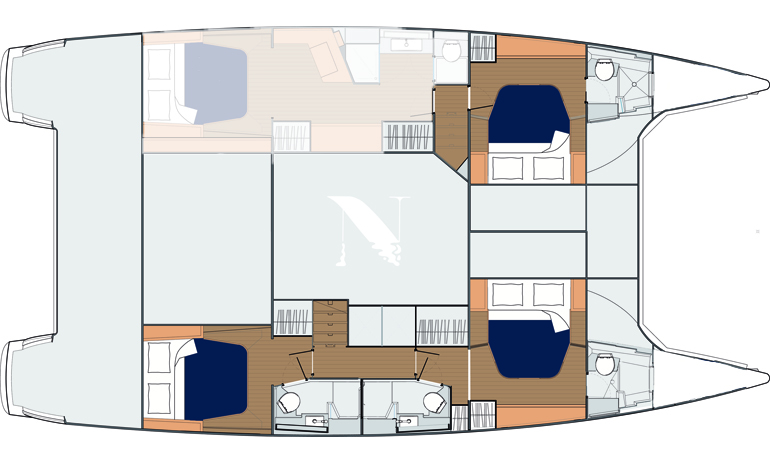
FYI
Flight info
arrive/depart Curaçao International Airport (CUR)
Currency: Antillean Guilder or US Dollar
Electricity: On board Neverland is US 110v; ashore is EUR 220v/50hz
Communications: Neverland has on board wi-fi with basic internet available whenever we’re within range of mobile towers
We’ve got you covered: bath & beach towels, bedding, shower essentials, ScubaPro snorkel & dive gear, and dive lights
What to bring: soft-sided luggage, swimwear, sunscreen, beachwear, rain jacket, hat, sunglasses, music, books, camera, and personal snorkel/dive gear and wetsuit if you prefer
NEVERLAND CRUISES LLC
+1.305.912.SAIL
SAIL@NEVERLAND.CRUISES
SOCIAL
CONTACT
Send us a message below with thoughts or questions. Visit the contact page to inquire about a trip on Neverland.
